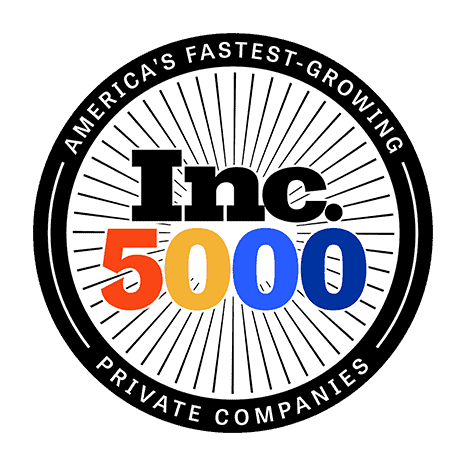The Evolving Flooring Marketplace
The flooring industry in 2025 is characterized by rapid innovation, shifting consumer preferences, and complex supply chain challenges. Companies throughout the sector are navigating a landscape marked by:
- Material Innovation: Proliferation of luxury vinyl tile (LVT), composite core products, and sustainable alternatives to traditional hardwood
- Design Customization: Increasing demand for personalized patterns, colors, and installation options
- Indoor Health Concerns: Growing emphasis on low-VOC, antimicrobial, and hypoallergenic flooring materials
- Digital Commerce: Expansion of online sales channels requiring different distribution models than traditional retail
These shifts are forcing flooring manufacturers, distributors, and retailers to reconsider logistics operations that were built for conventional products, predictable demand patterns, and regional distribution models.
Logistical Challenges in Modern Flooring Operations
Traditional flooring logistics frameworks are proving increasingly inadequate in addressing today’s industry demands:
- Product Diversity: Managing an expanding range of flooring types with different handling requirements
- Moisture Sensitivity: Maintaining proper climate control for natural wood, laminate, and composite products
- Weight Variations: Accommodating both heavy stone/ceramic tiles and lighter synthetic materials
- Seasonal Fluctuations: Balancing inventory during peak home renovation seasons with efficiency during slower periods
Many flooring companies find themselves constrained by warehousing and distribution networks that lack the flexibility to accommodate these evolving requirements.
The Case for Flexible Logistics Solutions
BroadRange Logistics (BRL) exemplifies how 3PL providers are adapting to meet the flooring industry’s dynamic needs. Recognized by Inc. 5000 as one of America’s fastest-growing logistics companies, BRL has developed an approach specifically designed for industries experiencing significant transformation.
The “ultra-FLEX” model enables flooring companies to secure long-term warehousing solutions while maintaining the ability to adjust operations with minimal notice (four months) and without financial penalties. This flexibility addresses several key industry challenges:
- Inventory Fluctuations: Ability to expand or contract storage space as seasonal demand patterns shift
- Product Mix Evolution: Flexibility to reconfigure space as companies transition from traditional flooring to emerging product categories
- Geographic Optimization: Capability to realign distribution networks as housing markets evolve and supply sources change
Infrastructure Requirements for Modern Flooring Logistics
Effective flooring supply chains require specific capabilities from their logistics partners:
- Heavy Load Handling: Equipment rated for substantial weight of tile, stone, and hardwood pallets
- Specialized Storage: Racking systems designed for long planks and large-format tiles
- Dust Management: Clean environments to prevent contamination of finished flooring products
BRL’s network of 18 warehouse facilities across eight states provides flooring companies with distributed storage options, reducing transportation distances while maintaining access to 92% of the U.S. population within one day.
Segment-Specific Solutions
The flooring industry’s diversity requires tailored logistics approaches across its various segments:
- Hardwood & Engineered Wood: Climate-controlled environments with proper acclimation periods
- Carpet & Rugs: Protection from moisture and compression damage
- Tile & Stone: Specialized handling equipment and reinforced storage systems
- Resilient Flooring: Temperature-stable environments for vinyl and composite products
Each segment presents unique inventory management challenges that benefit from adaptable logistics frameworks.
Strategic Considerations for Flooring Companies
As the industry continues to evolve, flooring companies should evaluate their logistics partnerships based on several critical factors:
- Acclimation Capabilities: Facilities that can properly stage materials for regional climate conditions
- Scalability Options: The ability to adjust warehouse space as product lines and market demand change
- Technology Integration: Systems compatibility for tracking diverse SKUs and lot numbers
- Last-Mile Optimization: Capacity to support both commercial project deliveries and residential customer expectations
Looking Forward
The flooring industry’s transformation shows no signs of slowing. Consumer preferences continue to shift toward sustainable and health-conscious options, while technological innovations are creating new possibilities for digital printing and custom manufacturing. Companies that build flexibility into their logistics operations will be better positioned to navigate this changing landscape while maintaining reliable customer service levels.
For More Information
If you’re facing logistics challenges related to flooring industry changes, BroadRange Logistics offers consultations on flexible 3PL solutions:
📧 Amit R. Agrawal, Marketing Manager
amit.agrawal@broadrangelogistics.com | (646) 713-1714
📧 Jacob Rosenfeld, VP of Business Development
jacob.rosenfeld@broadrangelogistics.com | (845) 659-3464




